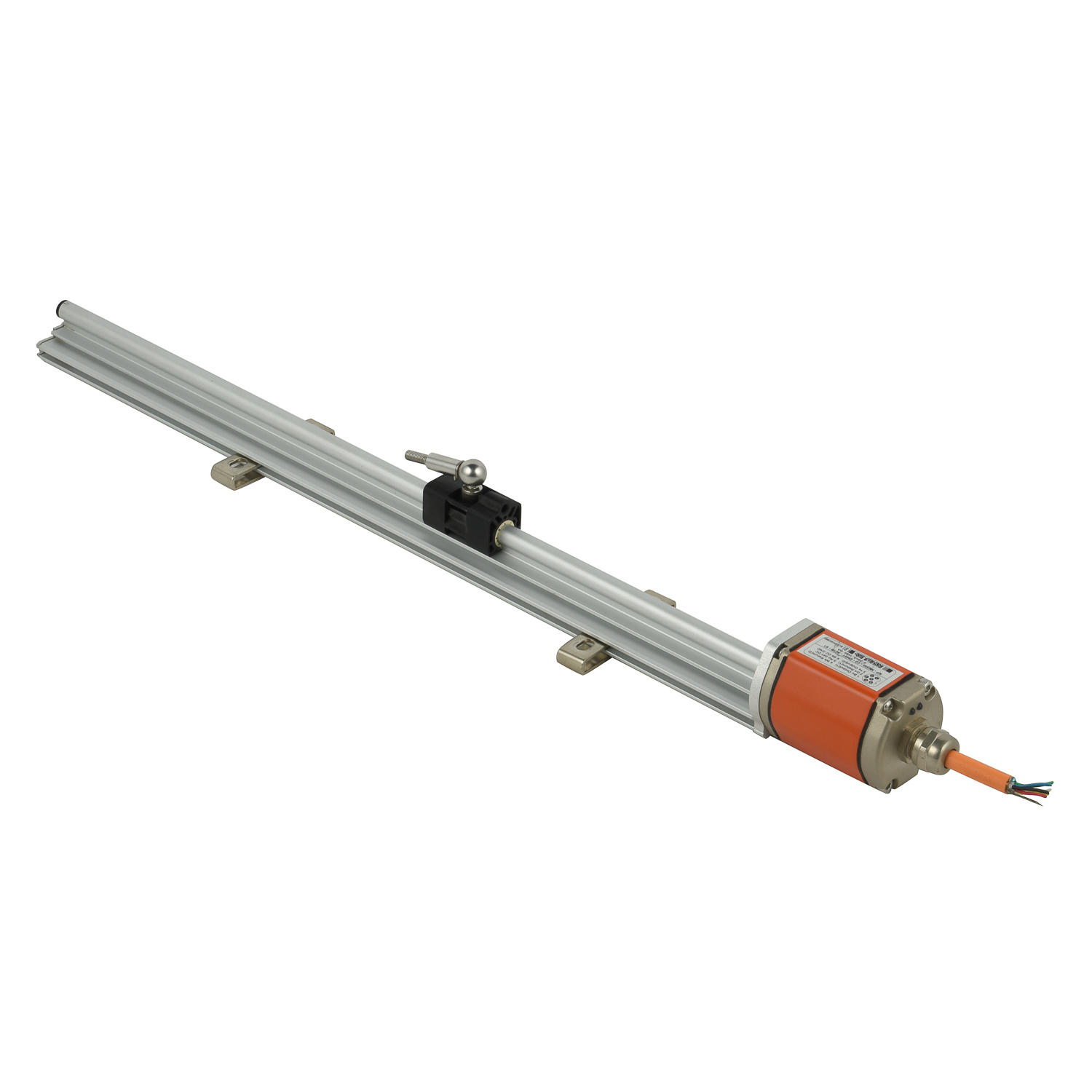How to select the proper measuring range for magnetostrictive sensors?
Understanding the fundamentals of magnetostrictive sensor technology is crucial for proper measuring range selection. These sensors operate on the principle of magnetostriction, where a magnetic field interacts with a ferromagnetic waveguide to generate a torsional stress wave. The time difference between the application of a current pulse and the detection of the returning wave accurately determines the position of a magnetic marker. This non-contact measurement technology provides exceptional accuracy and reliability in various industrial applications, making range selection a critical parameter for optimal performance.
Determining your actual required stroke length forms the foundation of proper range selection. Begin by calculating the exact distance between the two endpoints where position measurement is needed. Consider both the starting zero point and the maximum extension point of the mechanism. Add operational tolerances and account for any potential overtravel that might occur during system operation. Remember that selecting a sensor with too much excess range can compromise resolution and accuracy, while too little range will obviously cause mechanical damage and measurement failure.
Accounting for mechanical installation and dead zones is equally critical when specifying measuring range. Magnetostrictive sensors feature inherent dead zones at both ends of the waveguide where measurement isn't possible. The head electronics typically occupy the first 30-150mm (varies by model), while the opposite end may have another 5-50mm dead zone. You must add these non-measuring areas to your actual stroke length requirement. Additionally, consider physical mounting constraints, connector orientation, and cable exit direction which might necessitate choosing a slightly longer sensor body.
Incorporating appropriate safety margins and future-proofing ensures long-term reliability. Most applications benefit from adding a 10-15% buffer beyond your calculated minimum range to accommodate unexpected operational changes or mechanical wear. Consider potential process modifications that might require extended range in the future. However, avoid excessive over-specification as this increases cost and may reduce resolution. For critical applications, consult with sensor manufacturers who can provide specific guidance based on your operating environment and accuracy requirements.
Evaluating environmental factors and temperature considerations completes the selection process. Temperature variations significantly impact measuring range accuracy due to thermal expansion of both the sensor and the machinery. High temperatures can cause waveguide expansion, while low temperatures may cause contraction. Many premium sensors feature integrated temperature compensation, but you must still consider the operational temperature range when specifying your sensor. Additionally, consider vibration, pressure ratings, and potential exposure to chemicals that might affect sensor performance over your selected measuring range.

 UpgradingYourLevelMeasurementS
UpgradingYourLevelMeasurementS
 Why are magnetostrictive level
Why are magnetostrictive level
 ComparingMagnetostrictiveandRa
ComparingMagnetostrictiveandRa
 MagnetostrictiveLevelSensorfor
MagnetostrictiveLevelSensorfor
